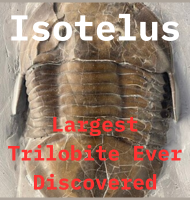In Depth
Himalayacetus is one of if not the oldest archaeocetid whale currently known to us. Unfortunately at the time of writing the only part of this primitive whale that we have is a partial jaw, but this is still enough to identify Himalayacetus as a relative of the better known Ambulocetus.
Himalayacetus should not be confused with Himalayasaurus, a large ichthyosaur that lived hundreds of millions of years earlier in the Triassic period.
Further Reading
- A new Eocene archaeocete (Mammalia, Cetacea) from India and the time of origin of whales. - Proceedings of the National Academy of Sciences 95:15464-15468. - S. Bajpai & P. D. Gingerich - 1998.








